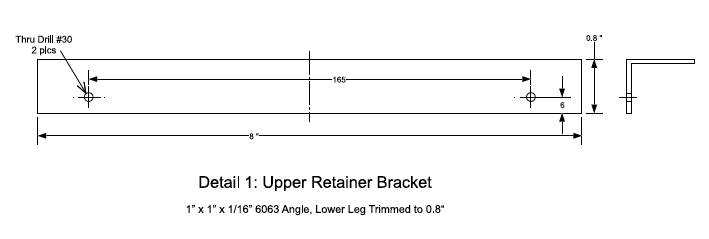- Joined
- Feb 21, 2022
- Messages
- 763
Most machinists have a laminated small Zeus book or similar in their toolbox that has a limits and fits page for hole and shaft tolerances.A long time ago I realized that a good drawing should not require the machinist to grab his calculator any more than absolutely necessary. It simply gives him another chance toscrew upmake a mistake. Since the machines in the U.S. are graduated in decimal inches, with the exception of threads, my drawings have metric dimensions translated to and toleranced in decimal inches. I don't use fractions, two place and three place decimals (±.010 and±.005) are loose enough. The metric system of tolerancing makes me nuts, WTH is H6 tolerance for a 30mm shaft? You have to refer to a chart instead of having the actual numbers on the drawing, which just introduces another opportunity for error. I'm sure in some way it makes sense and possibly simplifies the job for the draftsman, but it doesn't make life easier for the machinist or the inspector. Look at the drawing after the parts are done, the machinist's notes will tell you if it needs to be revised.
Here is a link - https://www.arceurotrade.co.uk/Catalogue/Books/ZEUS-Precision-Reference-Tables
When I trained in a drawing office I was told that I had to do all the calculations because I had a clean space to work in and a machinist does not.
I never used fractions except when a part was left stock size, even then I would write e.g. 1/2" STOCK this was to ensure the machinist did not waste any time machining that dimension.


